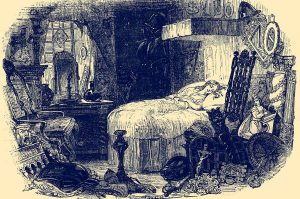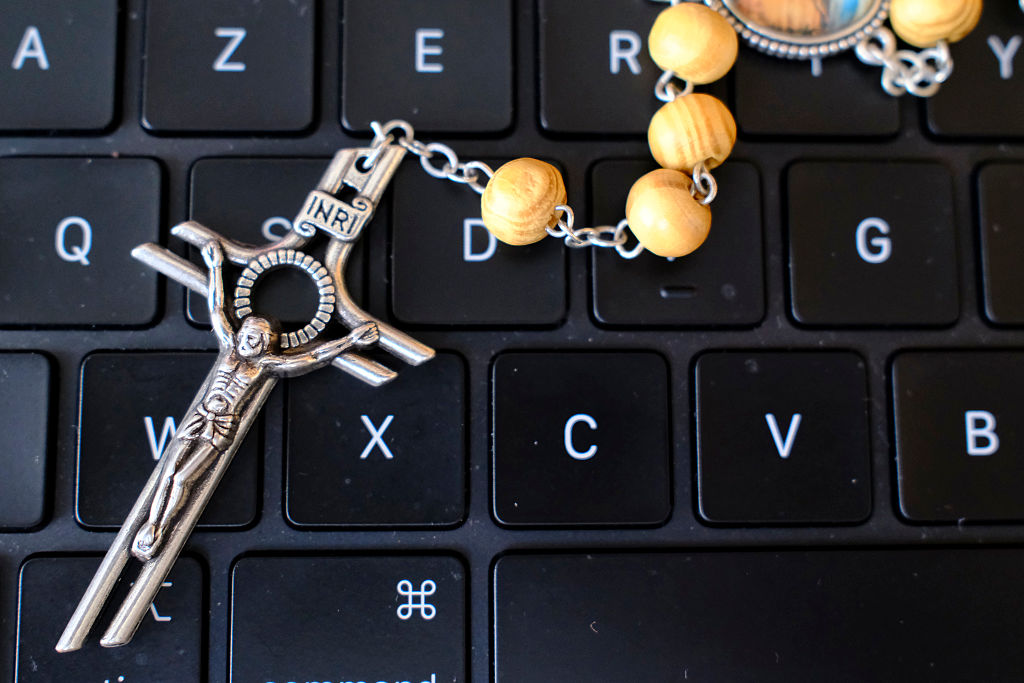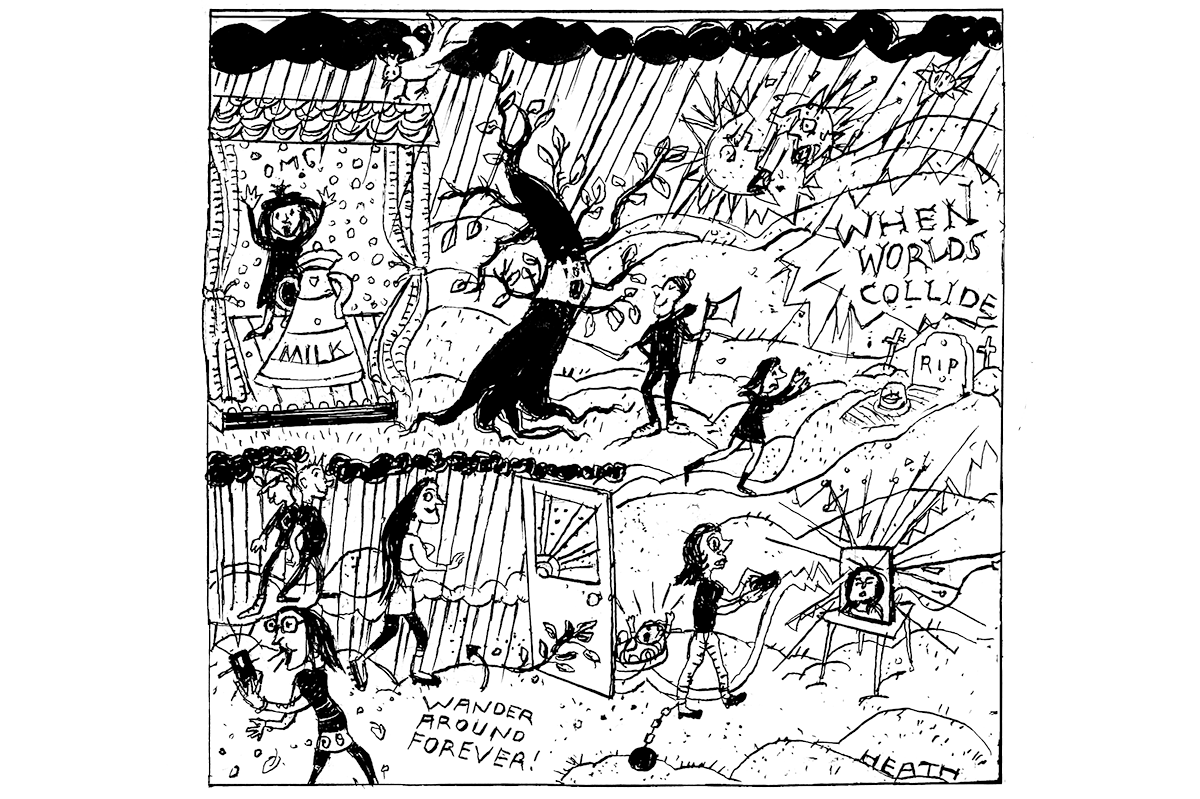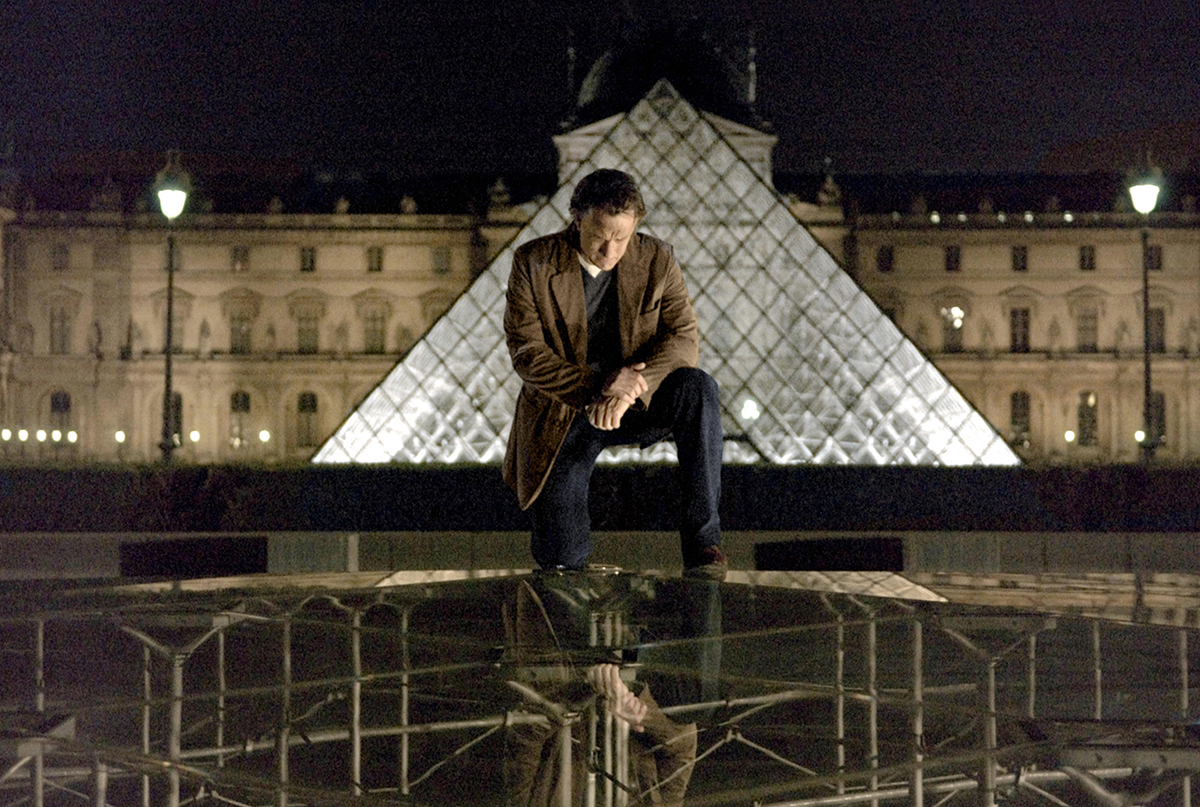A stack of books balances on a fluffy white Michael Aram bedspread: Ottessa Moshfegh’s My Year of Rest and Relaxation, Lisa Taddeo’s Animal, Candice Carty-Williams’s Queenie and Lily King’s Writers & Lovers all touted as “sad-girl lit-fic book recs.” Lana Del Rey’s lugubrious melodies play on repeat; “I’m pretty when I cry” and “baby blues / baby blues,” in particular, are favored lyrics. This is a specific quarter of TikTok (or BookTok), the lachrymose world of “sad-girl lit.”
As might be expected, Sally Rooney, the Irish author who has achieved cult-like status among fans, tops many a BookTok tower with three best-selling novels: the Booker prize longlisted Normal People, the warmly received Conversations with Friends and her most recent, 2021’s Beautiful World Where Are You. Rooney’s fiction is populated by hyperarticulate, analytical protagonists who crave intimacy but are doomed to relationship turmoil.
If this makes it sound appealing, be warned. Rooney — a writer more firmly committed to humorlessness than most — is a great believer in her characters’ right to indulge in misery. Novice readers should know that the aphorisms on offer tend to veer negative: “If people appeared to behave pointlessly in grief, it was only because human life was pointless, and this was the truth that grief revealed.” “Most people go through their whole lives, without ever really feeling that close with anyone.” Still, a few summers ago, there was a huge appetite for this kind of self-reflection and to be seen with the blue and yellow cover of the new Rooney was to be in vogue. Soon enough everyone will be reading her again.
Rooney’s latest novel Intermezzo is published this month. Bound to sell a bajillion copies, it follows the lives of two grieving brothers, Ivan and Peter. Despite the continental tease in its title, the story is set in Rooney’s familiar stomping ground of Dublin. It is pitched as “an exquisitely moving story about grief, love, and family—but especially love.” A humorous caveat — it tantalizingly dangles a carrot in front of the sad-girl readers who have been left marinating since Beautiful World, but who thrill to the television series of Normal People, with Twisters’s Daisy Edgar-Jones and Gladiator II’s Paul Mescal. As Helen’s face launched a thousand ships, so Connell’s chain launched a thousand thirst-trap tweets.
Whether any real-life sad-girls would have said anything like those tweets to Connell if they met him in person is debatable. The sad-girl reader almost combatively demands that the love she encounters in novels be heart-wrenching, not heartwarming. Indeed, they seem to take a perverse delight in cerebral masochism, often categorizing their recommendations “isolation & trauma,” or “grief & obsession,” or devastatingly, I’m sure, “books that broke me.” The most exhilarating must be the “books that DESTROYED me” or books that “emotionally WRECKED me.” As endorsements for bibliotherapy go, it verges on the loony.
The literary sad-girl is a peculiar anthropological specimen. We have all been her, at one point or another (I hold my hands up). Her reading habits are perplexingly broad yet narrow at the same time: she’s an undiscriminating trauma-whore who will read Tolstoy and Colleen Hoover back-to-back. Prose style matters less than access to toxic love, pain and suffering… and a light smattering of suicide and violent death.
Aesthetically, the literary sad-girl is a mistress of self-conscious curation. Everything about her is chosen for its appearance. She will cordon off a section of her bookcase for a sea of blue Fitzcarraldo editions. Her tote bag might be emblazoned with a picture of Joan Didion elegantly smoking a cigarette. She doesn’t smoke herself, though. Sad-girls find young Stalin hot, but feel weirdly guilty about it, flirting with anti-capitalist thinking like many of the university-educated protagonists she encounters on the page. But she can’t commit quite fully to the Bolshie lifestyle. She is too busy languishing in self-pity and doomed romance for activism. Besides, she might chip her manicure.
Literary “thinspo,” too, has been a point of contention in the branding of the sad-girl reader. Back in 2019, the Irish Times ran a piece asking, “Are Sally Rooney’s heroines too skinny?” It’s rather unfair to attack literary sad-girl for being her #authentic waif. Whatever happened to live and let live? And it goes on from there. Over the last year, countless articles have emerged either defending or annihilating sad-girl lit or the LSG herself. The defense argues that the sad-girl trope existed long before Rooney or Moshfegh, but was only considered cool and revolutionary and canonical when written by men. And she had to die: see Madame Bovary’s arsenic buffet and Anna Karenina’s train dive.
TikTok provides some useful insight. One user advises: “if she reads russian literature you’re falling for a sad hot bitch who probably relates to Nastasya Filipovna from The Idiot… she doesn’t talk much but when she does everybody listens to her. She will not open up unless she trusts you with her whole soul.” This TikTok reveals the funny and playfully creative side of the literary sad-girl. Behind all her posturing, the melancholy reader is still, thank God, a hot bitch. The sad-girl is a digital creature, curated by women for women, a way of communicating identity. Indeed, the sad-girl’s coltish cultishness is actually rather endearing.
Critics of the concept of LSG take the stance that it is demeaning to women to belittle their reading habits as girly or girlish, that some misogynistic man coined the term to undermine our intellect. But the “sad-girl” trend emerged online; I’d even go so far as to bet that the term originated with women. It’s certainly been adopted and spread by them. More importantly, the sad-girl is an aesthetic confection that, while not necessarily tongue-in-cheek, has spawned a legion of humorous offshoots (hot girls, rat girls, brat girls). Take for example the iconic opening of Sylvia Plath’s The Bell Jar, itself a towering classic of sad-girl lit: “It was a queer, sultry summer, the summer they executed the Rosenbergs, and I didn’t know what I was doing in New York.” One droll Twitter/X user recently went viral with a restyle: “It was a queer, bratty summer, the summer they shot off Trump’s ear, and I didn’t know what I was doing in New York.”
All this resonates with that time in 2017 when the Spanish version of Glamour produced a jaw-droppingly odd magazine spread on how to “Get the Sylvia Plath look!” It gave helpful suggestions on where to buy cute sunglasses, a trendy houndstooth coat, a “Ginsberg is GOD” cushion and — oh yes — a $4,700 bright pink gas oven. Tasteless to some, sublime dark comedy to others. I suspect Sylvia herself would have loved it.
For those who take the sad-girl trope too seriously, I suggest realizing it for what it is: a blend of cultural commentary, aesthetic curation and digital-age identity exploration. Rooney herself created online playlists for each of her protagonists under the rather dry username 1157094560. They’re still accessible on Spotify. The “Marianne” playlist (she’s in Normal People) ranges from one upbeat Vampire Weekend jig to the more mellow vibes of the Velvet Underground and Lorde. Connell’s list is even more somber and self-reflective. Rooney’s characters, and others, are nowadays built out on our multimedia landscape; it doesn’t take a great stretch of the imagination to imagine an author playing with their protagonists on The Sims.
This is not to detract from the potential for the literary sad-girl persona to do real damage; in fact the extent to which she takes shape in the real world, Spotify and all, may exacerbate the problem. Glorifying depression and self-harm is a dangerous game. Thirty years ago the psychologist Mary Pipher wrote in Reviving Ophelia that “America is a girl-destroying place.” Pipher pointed out in the twenty-fifth anniversary edition that the subsequent digital age has not remotely reduced the “high rates of depression [and] anxiety” experienced by young women. One notes that there is no corresponding “sad-boy” literature, no present-day Sorrows of Young Werther, although perhaps this is because the sorrows of aspirant male writers come from the near-certain knowledge that nobody is going to publish their heartfelt yet deeply tedious three-quarters-autobiographical book about interning on the Paris Review while being snubbed on dates by girls who only want to date finance bros who work at Goldman Sachs.
Those girls, at least, are having fun. The sad literary girl remains an ever-fixed mark of melancholia. But isn’t it just another form of dressing up, an experiment in mood and genre? It’s hard not to feel that the likes of Rooney and Moshfegh have succeeded in creating something both performative and ephemeral, the Aperol Spritz in book form. As long as it stays that way, it’s no bad thing. If the e-girls continue to exist, so too will the e-Ophelias. And we don’t need to worry about them drowning themselves, either. That stuff is so 2020.
This article was originally published in The Spectator’s September 2024 World edition.


























Leave a Reply